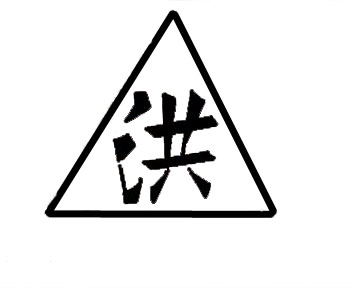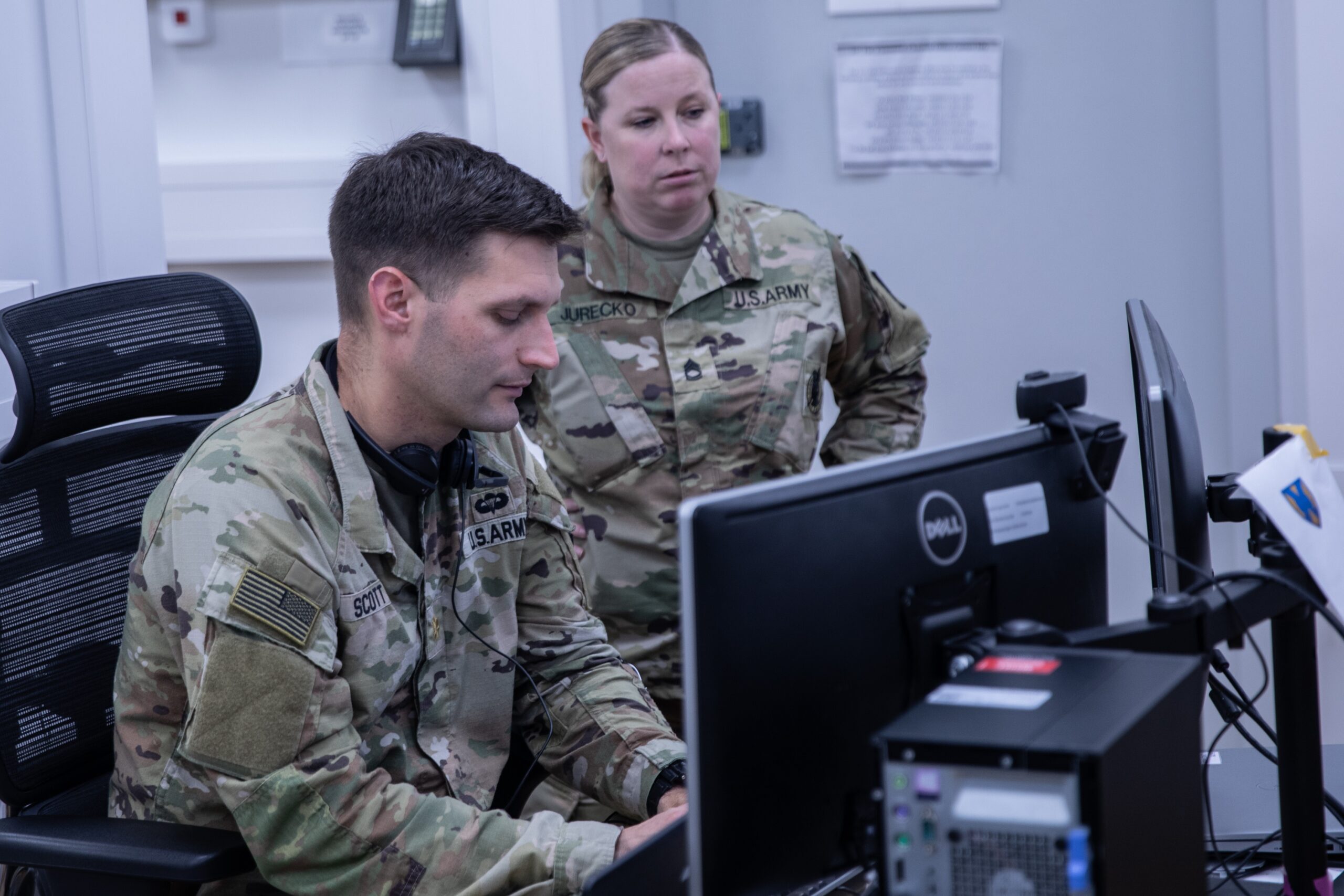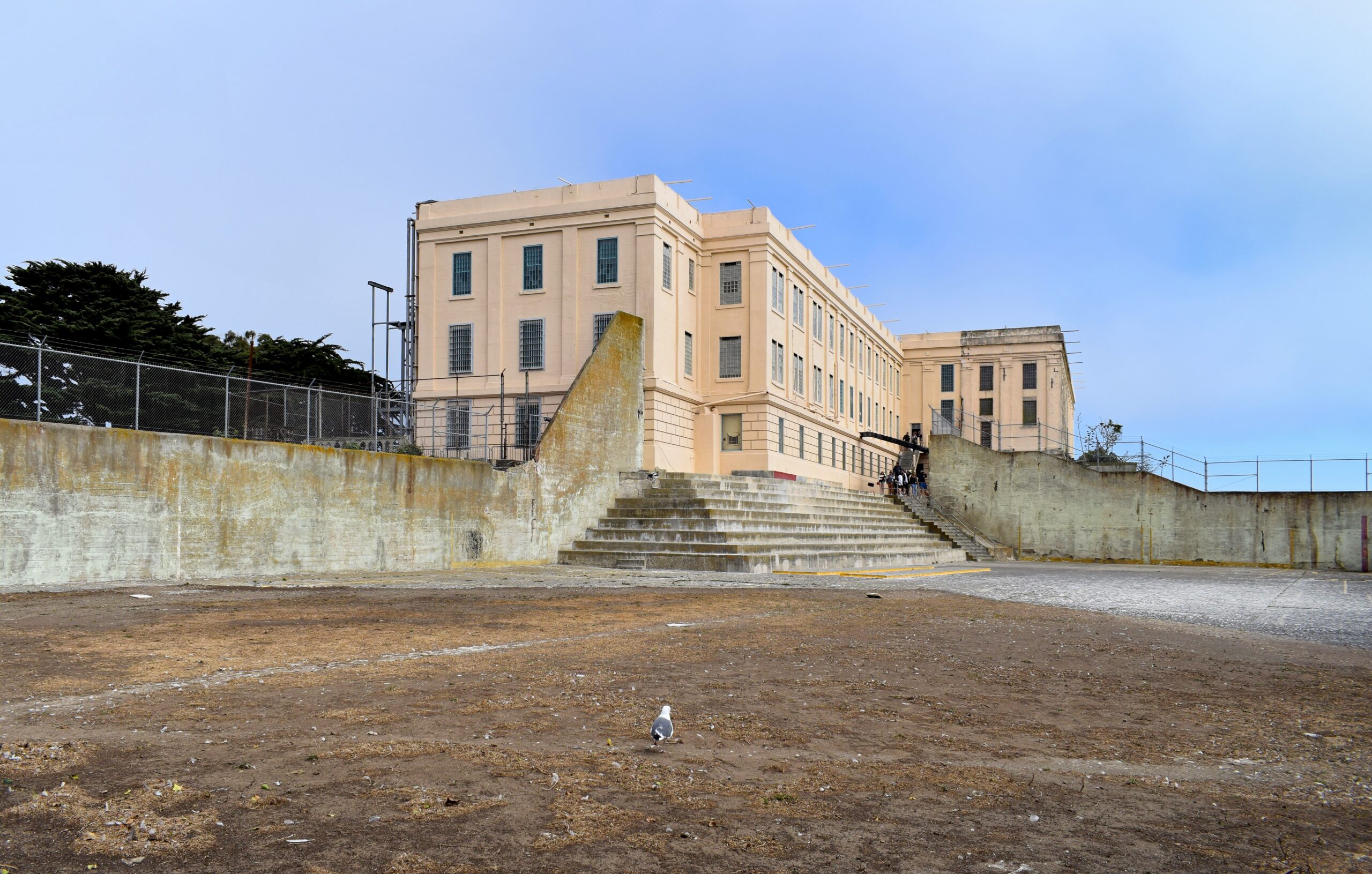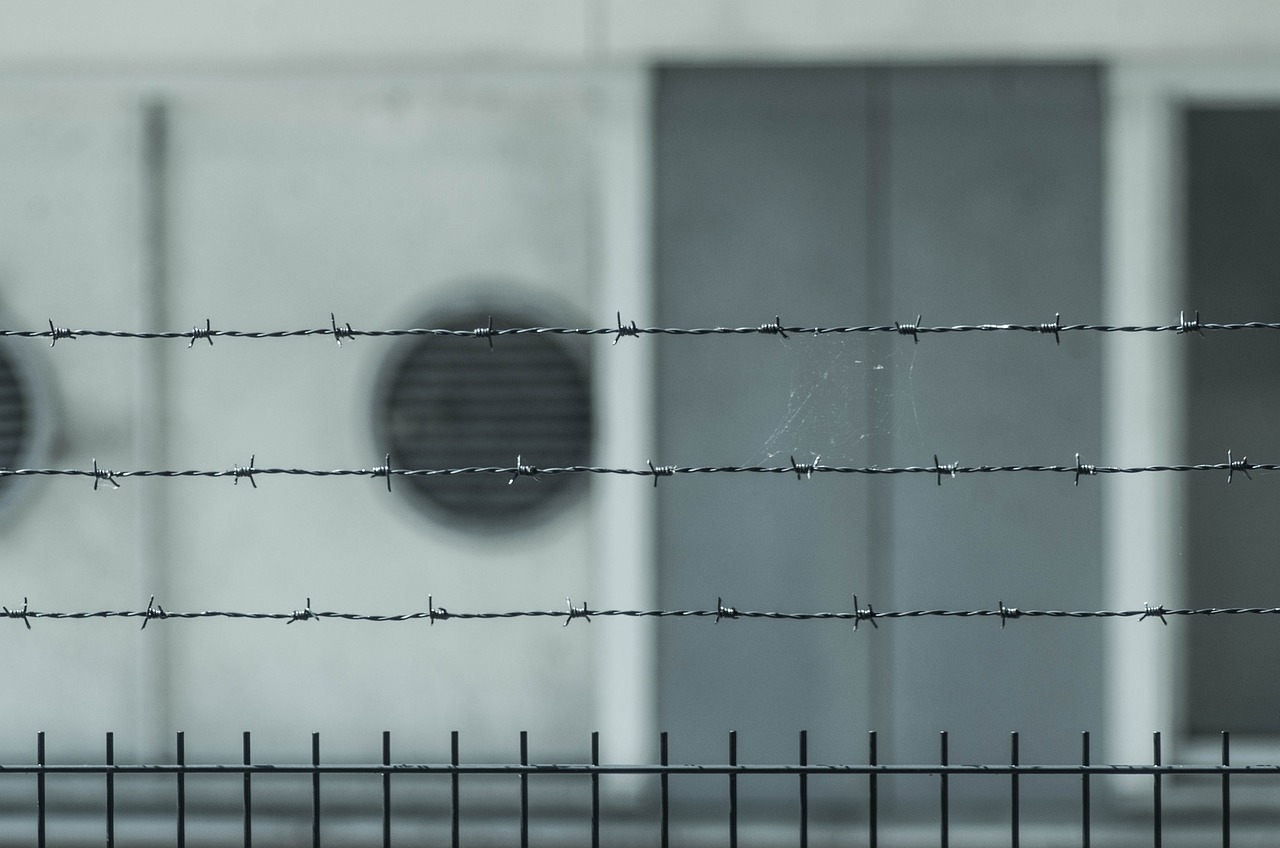- Most Infamous Terrorist Leaders in History - April 22, 2025
- From Bamboo to Billions: How Smugglers Exploit China’s Wildlife Trade - April 10, 2025
- Environmental Corruption in South America: Nature for Sale - April 10, 2025
Historical Background of Asian Triads

Asian Triads have a storied past, tracing their roots back to ancient China where they began as secret societies. Over time, these groups evolved into highly organized crime syndicates. In the late 20th century, many Triad members moved to the United States, particularly settling on the West Coast in cities like San Francisco and Los Angeles. Here, they found fertile ground for expanding their operations. These organizations are notorious for engaging in various illegal activities such as drug trafficking, extortion, and human trafficking. According to the FBI, the Triads have grown more sophisticated, leveraging technology to enhance their criminal enterprises.
Structure and Hierarchy of Triad Organizations

Triads are known for their strict hierarchical structure, which ensures efficient management and minimizes risks. At the helm are the “Dragon Heads,” who oversee all operations. Beneath them are the “Red Poles,” tasked with enforcement and recruitment, and the “White Paper Fans,” who handle financial matters. This clear chain of command helps in the smooth execution of their activities. Additionally, Triads maintain a code of silence, known as “Omerta,” which dissuades members from cooperating with law enforcement. This internal discipline is a key factor in their resilience against external threats.
Criminal Activities of Triads on the West Coast
On the West Coast, Triads are deeply entrenched in a variety of criminal activities. Drug trafficking is a significant revenue stream, with heroin and methamphetamine being the most trafficked substances. The Triads are also heavily involved in human trafficking, particularly exploiting individuals for the sex trade. Extortion and loan sharking are rampant, as Triads frequently target local businesses for protection money. The National Gang Intelligence Center reports that Asian gangs, including Triads, are responsible for a substantial portion of organized crime in urban areas, highlighting the pervasive nature of their operations.
The Role of Technology in Triad Operations

In the digital age, Triads have adeptly embraced technology to bolster their operations. They use encrypted communication methods to avoid law enforcement surveillance and conduct illegal transactions on the dark web. This technological prowess has made it increasingly challenging for authorities to penetrate these organizations. A report from the Global Initiative Against Transnational Organized Crime underscores how cybercrime has become a lucrative avenue for Triads, allowing them to expand their reach beyond traditional criminal activities and making them more elusive than ever.
Law Enforcement Challenges

Combating Triad activities presents significant challenges for law enforcement agencies. The secretive nature of these organizations, coupled with their technological savvy, complicates intelligence-gathering efforts. Cultural barriers and language differences further hinder investigations. Both the FBI and local law enforcement have established task forces to address these issues, but the complexity and adaptability of Triad operations often outpace their efforts. Despite a rise in organized crime-related arrests, the overall impact on Triad operations remains limited, underscoring the need for innovative strategies.
Community Impact and Victimization

The presence of Triads in West Coast communities has profound effects on local residents. Businesses often face intimidation and extortion, leading to a pervasive climate of fear. Victims of human trafficking and other crimes suffer in silence, as cultural stigmas prevent them from seeking help. Community organizations are now addressing these issues by providing resources and support for victims. A study by the Asian Pacific Policy and Planning Council highlights the urgent need for increased awareness and intervention strategies to combat the influence of Triads in these communities.
Recent Developments and News

Recent news reports have shed light on ongoing investigations into Triad activities on the West Coast. In 2023, a significant bust in San Francisco resulted in the arrest of several high-ranking Triad members and the seizure of large quantities of drugs and firearms. These developments underscore the persistent threat posed by Triads and the ongoing efforts of law enforcement to dismantle their operations. Local media outlets have reported increased community engagement in addressing the issue, with residents advocating for stronger measures against organized crime.
The Future of Triads in America

As the landscape of organized crime continues to evolve, the future of Triads in America remains uncertain. While law enforcement efforts are ongoing, the adaptability of these organizations poses a significant challenge. Experts suggest that increased collaboration between agencies and community organizations is essential to effectively combat Triad influence. Additionally, addressing the root causes of crime, such as poverty and lack of opportunity, may help reduce the appeal of joining these criminal organizations, offering a more sustainable solution to the problem.
Comparative Analysis with Other Gangs

Triads are not the only organized crime groups operating on the West Coast. A comparative analysis with other gangs, such as the Mexican cartels and American street gangs, reveals distinct differences in operations and cultural influences. While Triads often maintain a low profile and operate within specific ethnic communities, other gangs may be more overt in their activities. Understanding these differences is crucial for law enforcement and policymakers in developing targeted strategies to combat organized crime, ensuring a more comprehensive approach to tackling this complex issue.
Conclusion: Addressing the Hidden Side of Crime

The hidden side of West Coast crime, particularly the influence of Asian Triads, requires a multifaceted approach to address effectively. Increased awareness, community engagement, and collaboration between law enforcement and social services are essential in combating the impact of organized crime. As the situation continues to evolve, ongoing research and adaptation of strategies will be necessary to ensure the safety and well-being of affected communities.




